Learn how overlooked secondhand items can hold surprising value and what to watch for when browsing thrift shelves.
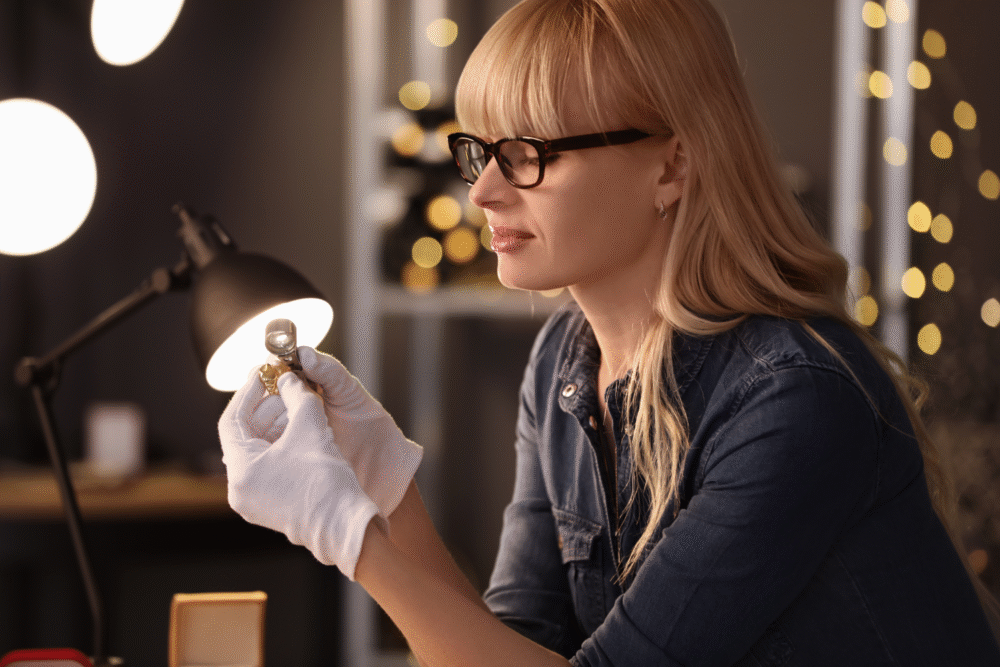
Thrift stores, flea markets, and yard sales often feel like treasure hunts, with aisles full of objects that might seem outdated or useless. Yet collectors know that some of these dusty or odd-looking pieces carry significant historical, aesthetic, or resale value. The trick lies in knowing what characteristics separate genuine finds from clutter.
Understanding these items matters because many are part of everyday history—housewares, art, and toys that defined earlier generations. When preserved, they can bring character to your home, serve as conversation starters, or even provide a financial return. By learning what experienced collectors look for, you can avoid common mistakes and spot value in places where others might see junk.
1. Mid-century modern furniture often looks plain but carries lasting appeal.

Furniture from the 1940s through the 1960s is frequently overlooked because of its simple lines and lack of ornamentation. However, pieces made of solid wood, with tapered legs and minimalist design, have become staples in interior design. Collectors prize original finishes and craftsmanship, even when surfaces show wear. If you see a coffee table, chair, or dresser with clean lines and sturdy construction, it may be worth more than it appears. A quick tip: check underneath for maker’s marks or labels, which help confirm authenticity and value.
2. Vintage Pyrex dishes can appear like ordinary glassware.

Many people dismiss colorful Pyrex bowls, casserole dishes, and measuring cups as kitchen clutter. Yet collectors appreciate the vibrant patterns and durability of these pieces, especially when sets are complete. Certain colors and designs, like turquoise or pink floral motifs, are especially sought after. Pyrex was built to last, so condition often remains good despite age. When browsing thrift shelves, flip pieces over to check for the Pyrex stamp, and be cautious of chips or cracks, which can lower both safety and value.
3. Costume jewelry may hide valuable vintage craftsmanship.
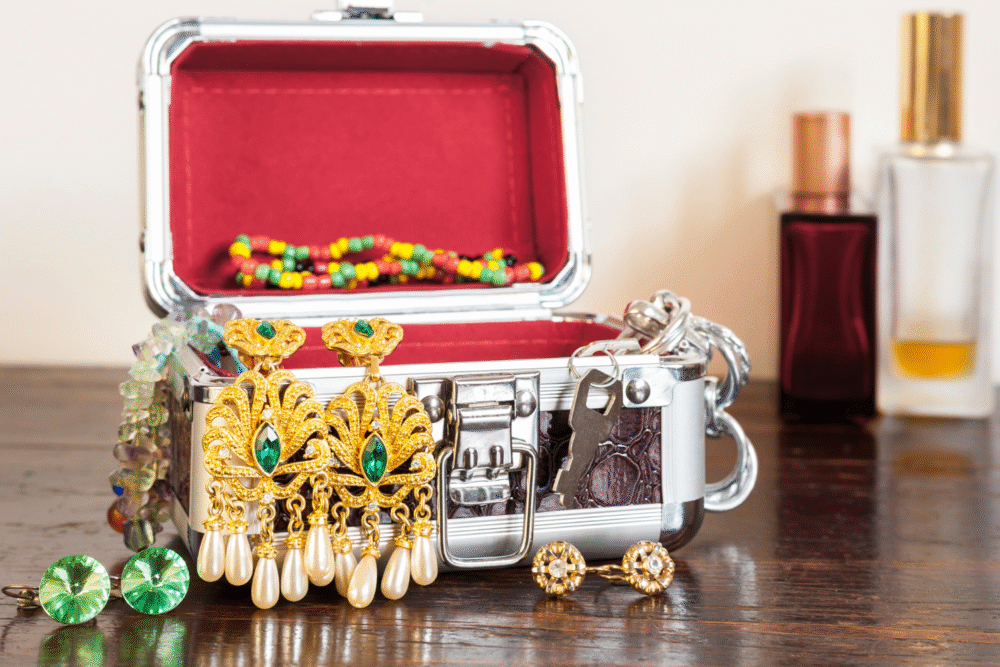
Bright plastic beads or rhinestones might not look like much at first glance. Still, older costume jewelry often features high-quality design and is linked to well-known makers. Brands like Trifari or Coro, for instance, are collectible even if not made of precious metals. The appeal lies in the design, history, and style. A good rule of thumb: look for jewelry with secure clasps, weighty feel, and signatures or marks on the back. Even if not pure gold or silver, pieces can hold strong collector interest.
4. Old typewriters may appear bulky but are highly collectible.

At first, typewriters might look like heavy metal clutter with little purpose in a digital age. Yet collectors and writers prize them for their nostalgia, mechanical beauty, and sometimes resale value. Portable models in good working order are especially desirable. Many appreciate the tactile feel and mid-century industrial design. Before buying, test whether the keys function, check ribbon spools, and ensure moving parts aren’t rusted. Even non-working machines can be repurposed as decorative conversation pieces.
5. Vinyl records often seem outdated but attract loyal fans.
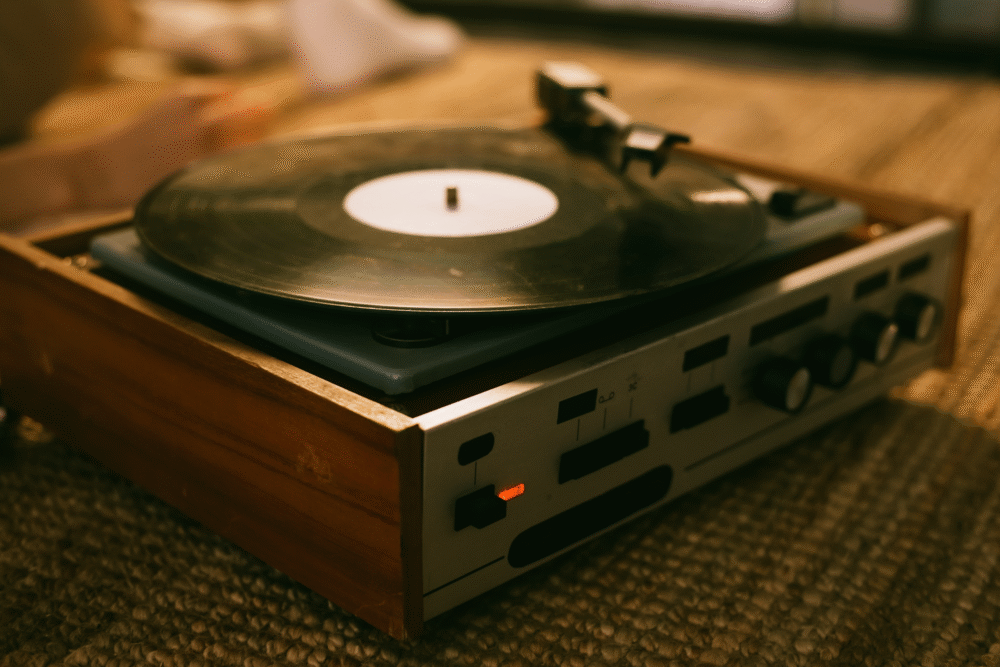
Stacks of dusty records can look like leftovers from garage cleanouts. Yet vinyl has made a strong comeback among music lovers. Original pressings, especially from iconic artists or in rare editions, can command significant collector interest. Condition is crucial: scratches, warping, or missing sleeves reduce value. A simple step is to hold the record under light to check for damage. Even if you’re not a record collector, you might pick up pieces others are searching for, making them easy to resell.
6. Depression glass may resemble common glassware.

Thin, brightly colored glass dishes from the early 20th century were once given away cheaply with groceries or in movie theaters. Today, these green, pink, or amber pieces are recognized for their charm and history. They’re often mistaken for dollar-store glassware, but authentic Depression glass carries distinct patterns. Collectors seek complete sets, but individual pieces also hold value. When shopping, watch for uniform coloring and etched patterns, and handle with care since the glass is more fragile than it looks.
7. Vintage luggage can appear battered but holds decorative value.
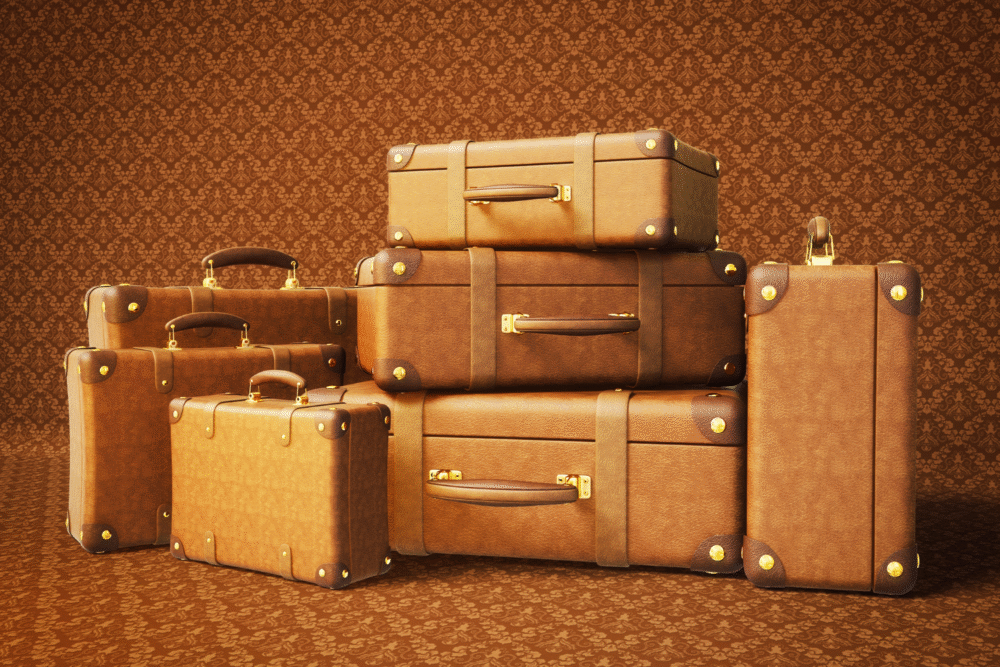
Old suitcases with scuffs and worn handles are easy to pass over. Yet collectors and decorators prize them for their retro style and functionality as storage. Stacked suitcases can become side tables or conversation pieces. The most desirable pieces often feature hard shells, leather trim, or patterned linings. Before buying, check for odors, damage, or mold. A practical tip: even if not travel-worthy, vintage luggage can find a second life in home décor projects.
8. Classic board games may look incomplete but can be valuable.
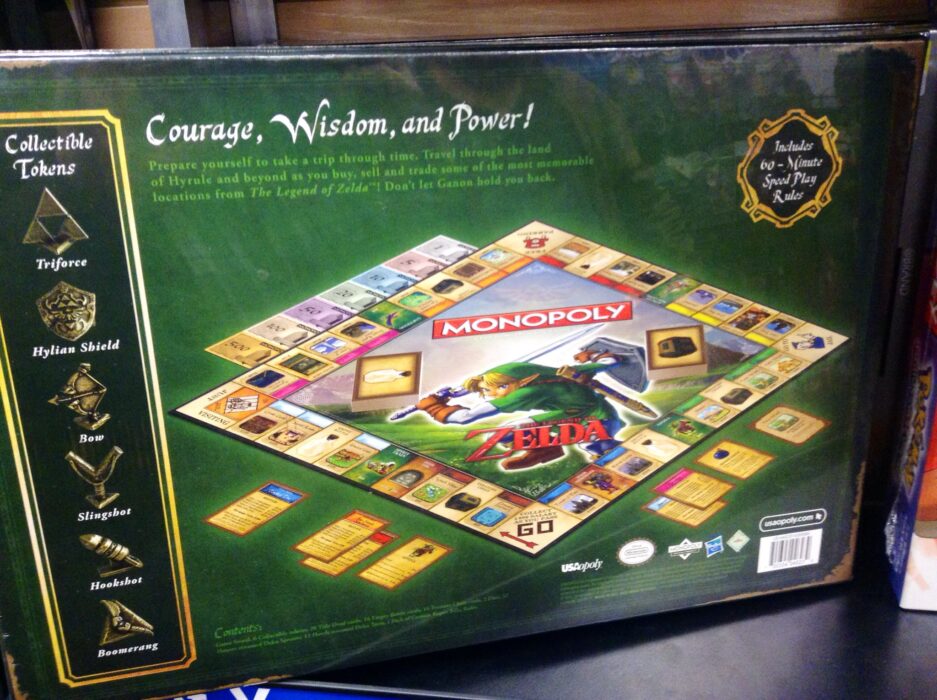
Thrift stores often stock worn board game boxes, and many people assume they’re worthless. However, complete vintage games, especially with original artwork or first editions, can attract buyers. Some even become collector’s items due to nostalgia. Always check inside for missing parts, since completeness significantly affects value. Even if parts are missing, unique boards or pieces can be sold separately as replacements, making them useful finds.
9. Old postcards often appear as paper clutter but can hold history.
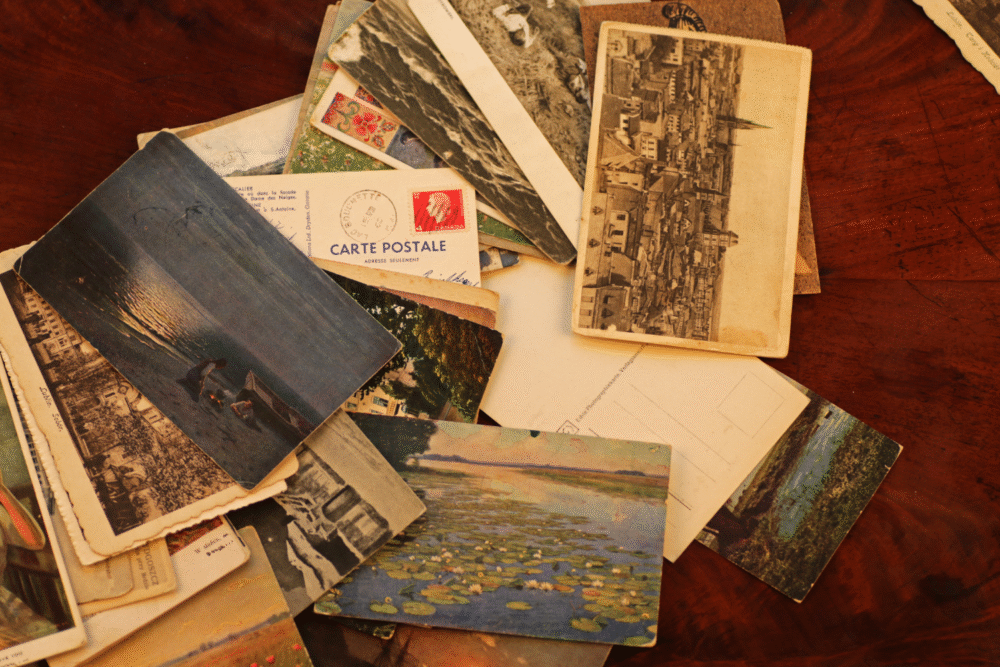
Stacks of postcards may seem like scrap paper, but they capture cultural moments, places, and printing techniques of their time. Collectors look for cards with vivid artwork, linen texture, or hand-tinted images. Postmarked cards with stamps intact can also hold interest. When evaluating, pay attention to condition—creases, stains, and tears lower desirability. As a simple habit, store postcards flat in protective sleeves if you plan to keep them.
10. Vintage sewing machines can seem outdated but remain useful.

Heavy, metal sewing machines from brands like Singer often sit untouched in thrift stores. While many assume they’re obsolete, these machines are durable and can last for decades. Collectors appreciate them for both functionality and historical design. Some are even converted into stylish home furniture. Check that the machine operates smoothly and isn’t missing key components. A practical tip: older machines often outperform plastic modern ones when it comes to sewing through heavy fabrics.
11. Antique picture frames may look plain but hold hidden value.

Old frames, especially those made of wood with gilding or ornate detail, are often dismissed when separated from their original art. Collectors know that frames themselves can be valuable, sometimes even more than the art inside. Hand-carved or gilded frames carry craftsmanship rarely found today. When thrifting, examine corners for dovetail joints and check the back for age signs like wooden slats instead of staples. Even if scratched, many frames can be restored easily.
12. Ceramic figurines can look kitschy but attract niche collectors.
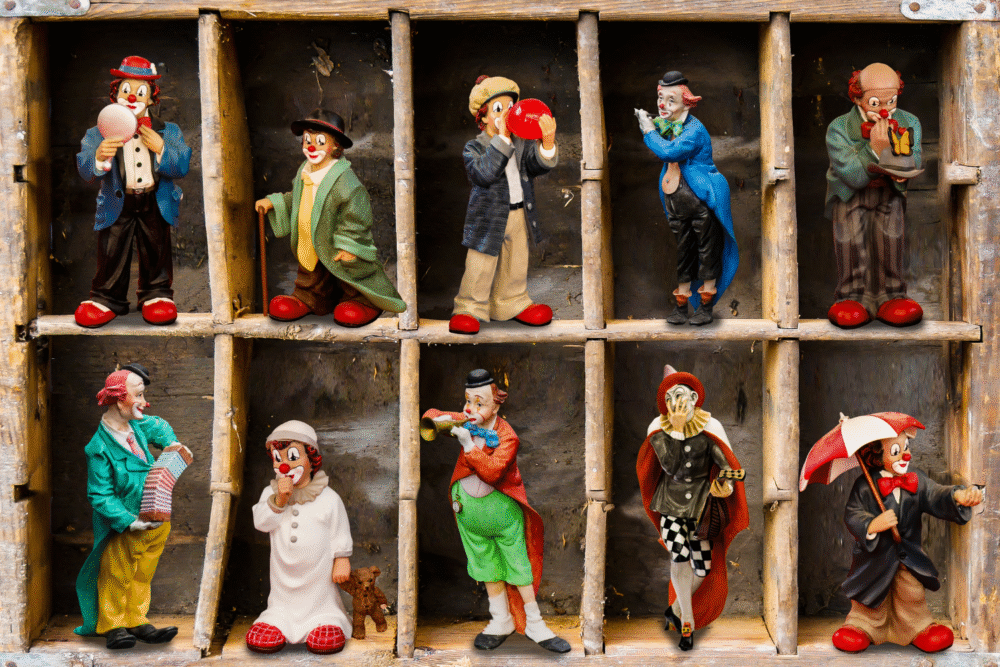
Small porcelain or ceramic figures of animals, people, or cartoon characters often sit unnoticed on shelves. While some are mass-produced, others come from known makers or limited runs that appeal to collectors. Condition matters, as chips or cracks reduce value. Look for maker’s marks on the base, which help confirm origin. A good practice is to research unfamiliar marks later, as even whimsical pieces may have a surprising following among collectors.
13. Old tools may appear rusty but are valued for durability.

Rusty hammers, wrenches, or hand planes often end up in thrift bins, looking useless compared to modern power tools. Yet older tools were frequently made of stronger steel and crafted to last generations. Collectors and woodworkers often seek these tools for restoration or practical use. If you find tools with solid handles and minimal rust, they may clean up beautifully. A useful tip: surface rust can often be removed, but cracks or broken parts usually reduce a tool’s value.
